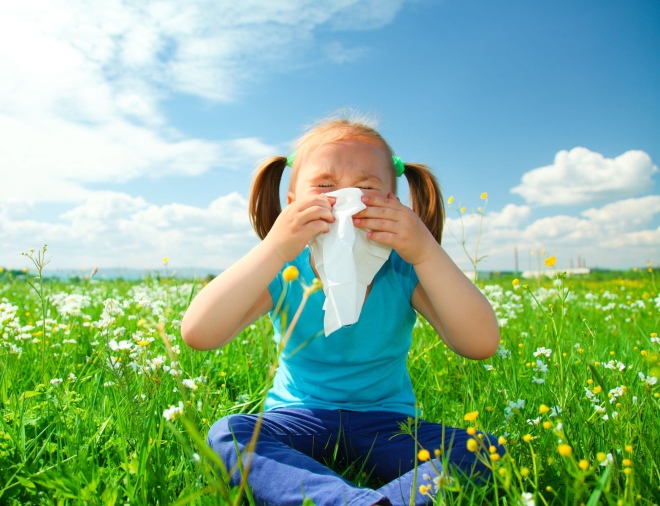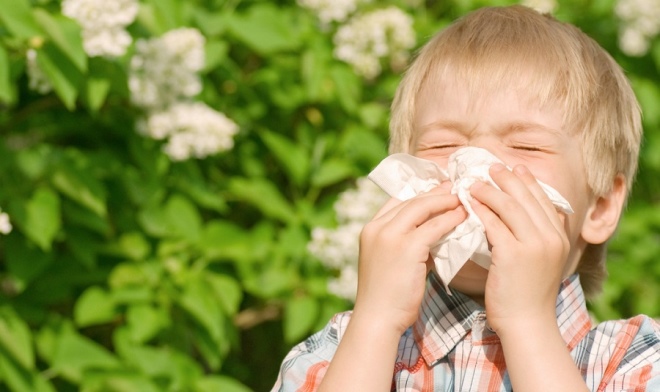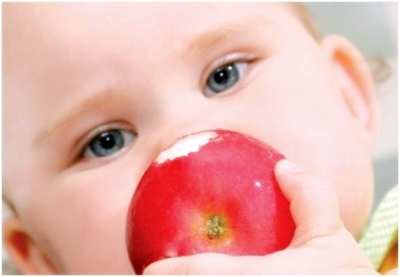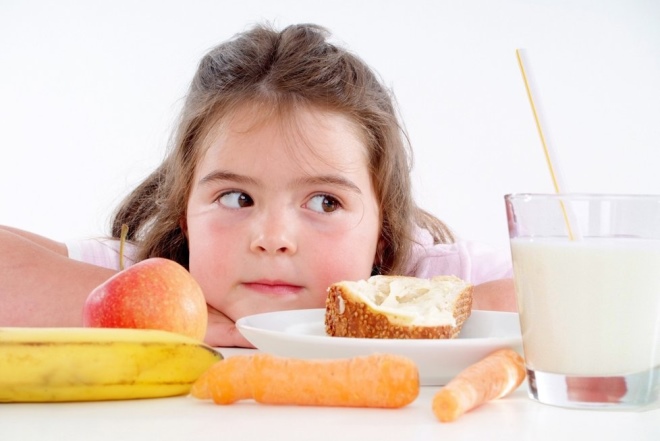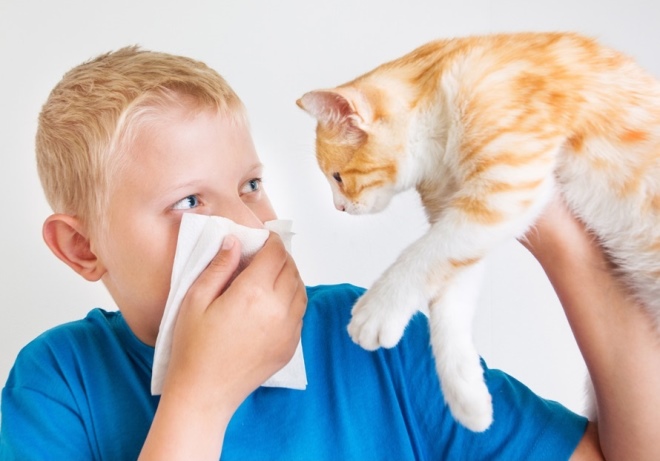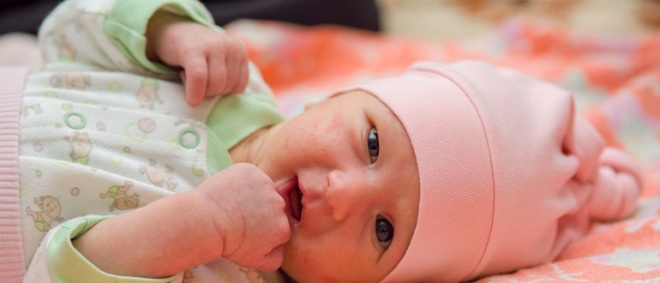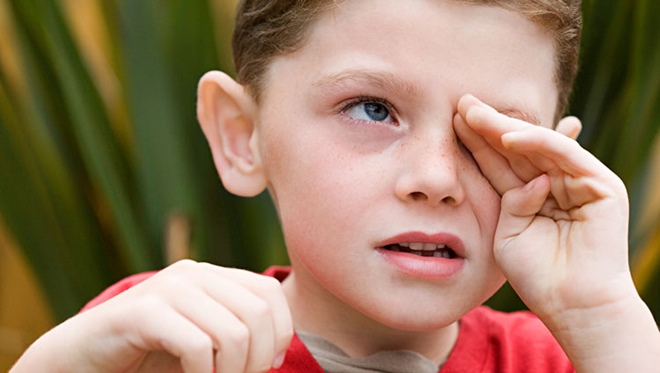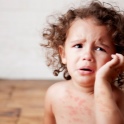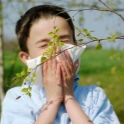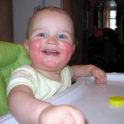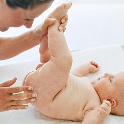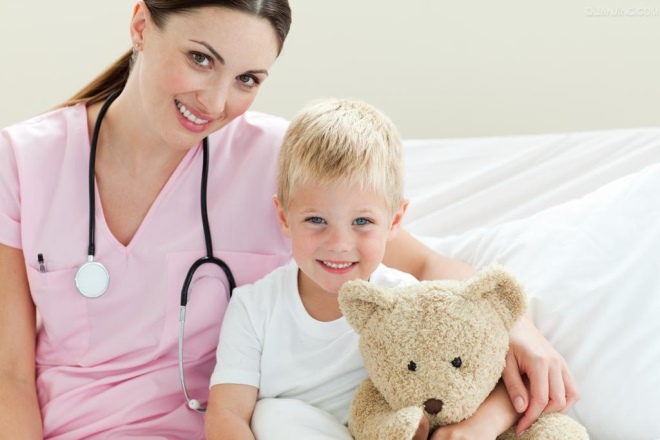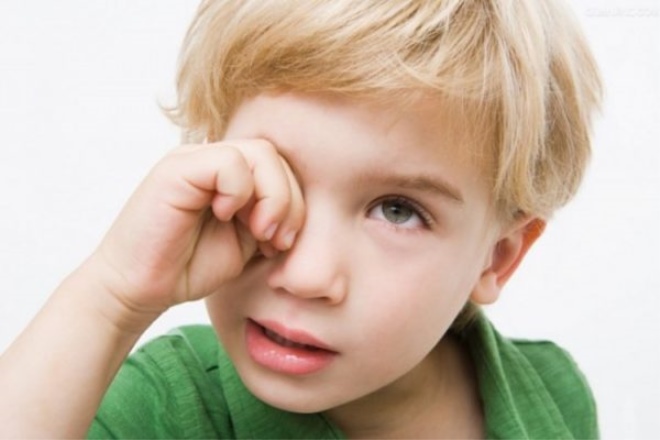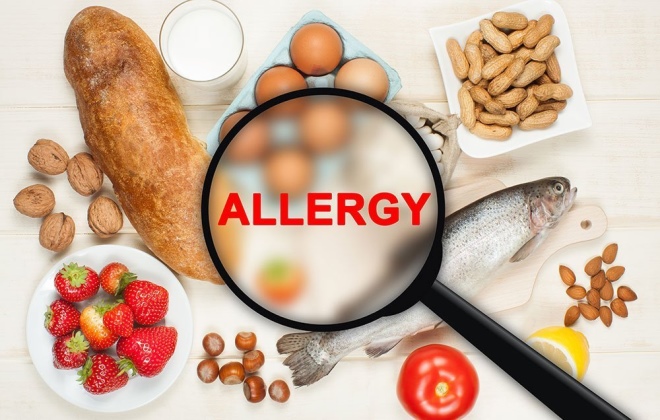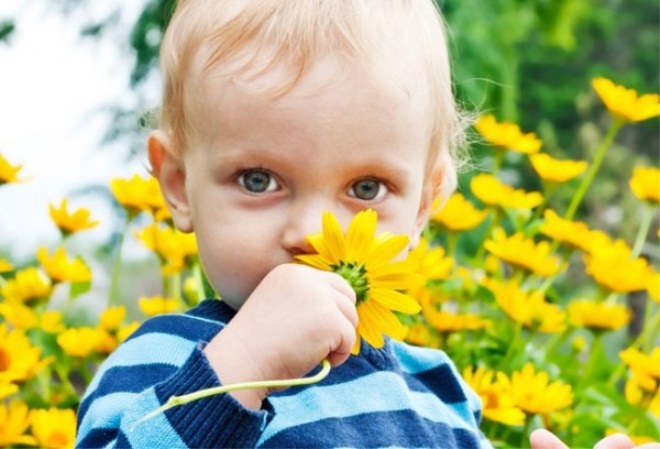Symptoms, treatment and prevention of allergies in children
Allergic reactions can occur in every child. Every year, the number of babies born with an increased susceptibility to various allergens increases worldwide.
What it is?
The development of an allergy is caused by the development of a pathological reaction that occurs in response to ingestion of foreign substances. Such agents are called allergens, as they provoke the development of an allergic reaction. Currently there are more than hundreds of thousands of similar substances.
According to statistics, about 25% of babies born have an increased susceptibility to various allergens.
The most severe allergic reactions occur in the newborn and infant. Such babies still have a weak immune system, which is not able to respond adequately to the entry of foreign components.
There are no differences in incidence between boys and girls. They get sick equally often. The peak incidence is between 2 and 7 years old. Kids living in urban environments are sick a little more often than children from villages. In European countries, the incidence of allergies is noticeably higher than in Asia.
The entry of allergens into the body triggers a cascade of inflammatory immune reactions. Such a pathological process leads to the appearance of adverse allergy symptoms in a baby. Most of them appear on the skin. The course of the disease is chronic. Exacerbations can occur several times throughout life.
The reasons
There are various factors that can cause allergies. In some cases, the baby has multicomponent forms of allergic reactions. They are caused by several allergens with similar allergenic properties.
Most often, allergic reactions result from:
- Genetic predisposition. In families where both parents are allergic, the risk of hypersensitivity to a particular allergen exceeds 75%. If only mom or dad is sick, then the probability decreases to 30%.
- Inhalation of plant pollen. Wildflowers, weeds, flowering trees and shrubs - these are the most common causes leading to the development of this form of allergy. Characterized by seasonality. Most often exacerbations are recorded in spring and summer.
- Food allergens. The peak of registration of such allergies - the time of introduction of the first complementary foods. Usually they register with babies at 5-8 months. Most often it is: seafood, fish, cow milk protein, fruit puree, beef. Much less often - pumpkin, carrots and poultry.
- The impact of household chemicals, as well as the use of children's cosmetics. Perfume additives that make up the products can cause allergic reactions. They occur in places of contact with the substance. Most often manifested in children during the wearing of diapers, as well as when using cosmetic products, which contains an excessive amount of dyes and aromatic additives.
- Microorganisms and mites that live in pillows and blankets. If swallowed or in contact with the baby’s skin, symptoms of an allergic reaction may occur.
- Dust, wool and dander of animals. Most often manifested on various pets.Even with proper care and regular room treatment, a child may experience adverse allergy symptoms.
- The use of drugs. Individual sensitivity to a specific active ingredient that is part of the drug can cause the appearance of bright and unfavorable allergy symptoms in a baby.
- Bites of insects and various animals. They lead to the development of an acute allergic reaction, which requires immediate emergency treatment. Failure of therapy may even pose a threat to the child’s life.
- Wearing clothes and shoes from low-quality materials. Chemical dyes, which are used to give color to products, can cause allergic allergic rashes on sensitive skin. Such elements occur in direct places of contact with the allergen.
- Living in environmentally unfriendly places. The conditions of large industrial cities, where poor ecology and many toxic emissions into the atmosphere, lead to pronounced immunity tensions. A weakened immune system cannot cope with allergens. In the end, it contributes to the development of allergies.
- Excessive psycho-emotional stress. Lead to exhaustion of the nervous system. With prolonged exposure contribute to more frequent exacerbations of allergic diseases. Atopic dermatitis or eczema on nerves is much more common.
How does it come about?
When ingested, the allergen recognizes the cells of the immune system. All foreign substances have a distinguishing antigenic structure. This allows active immune cells to recognize them. After determining the allergen, they emit a huge amount of a wide variety of biologically active substances.
The most significant of these are type E immunoglobulins. These antibodies help trigger an allergic reaction in the body. Its essence: eliminate dangerous allergens. In a healthy body, the level of these antibodies remains stable. Excessive immunoglobulin E may indicate an allergic reaction.
Histamine is another active ingredient that cells of the immune system produce during inflammation. It leads to increased tonus of the blood vessels, provoking their spasm. Also, this substance contributes to strong capillary permeability. As a result of these actions, skin manifestations are noticeably enhanced.
Usually, after exposure to an allergen, symptoms appear after 6-8 hours at the first contact. In some cases, when the immune system does not respond quickly enough to the entry of foreign agents into the body, inflammation begins much later. Sometimes this period is 12-24 hours. With subsequent contacts, adverse symptoms develop much earlier.
Kinds
Provocative allergens can cause various types of allergic diseases. Allergies in childhood can be:
- Dietary. Occur when ingested allergens from food.
- Contact. They show a runny nose or red spots on the skin that itch a lot. When wearing diapers, some boys are allergic to the testicles and perineum.
- Medicinal. Arise as a result of taking medications.
- Pollinous. Develop in response to flowering plants. Characterized by the appearance of a runny nose and hoarseness, as in respiratory infections. It is possible to distinguish pollinosis from cold by carrying out additional laboratory tests and analyzes.
- Urticaria. Characterized by the appearance of blisters on the skin, which are filled with muddy or bloody contents. In adolescence, you should remember how to distinguish allergic rashes from acne. For the differential diagnosis of acne and acne in the puberty period, skin tests and tests for allergies are used.
- Edema Quincke. Symptoms develop rapidly. Within a couple of hours after contact with the allergen, the baby’s face swells dramatically. Eye gaps are narrowed, vision is disturbed. Often this allergic condition occurs after the bite of various insects (bees, wasps, bumblebees, mosquitoes). Emergency treatment is required to eliminate the adverse symptoms.
- Bronchial asthma. Developed due to an allergic reaction. With prolonged contact with allergens, a persistent respiratory failure is formed. For treatment, special inhalers are used, which contain bronchodilators and hormones.
- Atopic dermatitis. It is found in babies of the first years of life. Characteristic manifestations are itchy skin rashes. Contact with the allergen causes persistent discomfort. Treatment - a complex, long. In some cases, to achieve stable remission is very difficult.
- Cold. Occur after exposure to low temperatures. There may be painful blistering on the skin, as well as various red spots that itch severely and bring pronounced discomfort to the child. In some cases, respiratory failure may occur.
- Diathesis. It is characterized by the appearance of red itchy spots on the skin of a baby. Usually found in children of the first year of life. A common cause is mom's poor diet during lactation with the use of highly allergenic foods.
Treatment
When identifying the first signs of allergy, the child should be shown to the allergist. He will recommend additional tests that will help identify all possible allergens to which the baby is sensitive.
After completing the examinations, the doctor will recommend treatment. Therapy of exacerbation of an allergic condition is carried out with the use of various drugs:
- Antihistamines. Will help eliminate itching and alleviate the condition of the baby. Used in the form of tablets and syrups. Appointed for the entire period of exacerbation. To eliminate itching apply: Claritin, Zyrtec, Erius, Loratadine, Suprastin and many others. Drugs are prescribed 1-2 times a day according to the instructions for the medication.
- Hormones. Used with severe course. Help to eliminate itching and swelling, as well as significantly stop the cascade of an allergic reaction. Prednisolone or hydrocortisone are prescribed in the form of tablets, injections, as well as ointments or creams. Such funds are usually written out for 7-14 days. With long-term use can cause side effects.
- Sedatives. Used to eliminate increased anxiety and for better sleep. Sleep disturbance occurs as a result of pronounced itching, which causes discomfort to the baby both during the day and at night. For babies, herbal remedies are chosen that have a good tolerability profile and do not cause side effects. The most common are: Valerian extract, mint, lemon balm.
- Generally reinforcing. Give the body strength to fight the disease. Multivitamin complexes, which include all the necessary trace elements and biologically active substances, help the cells of the immune system more effectively cope with allergens.
To relieve itching at home, you can use a variety of herbs. Broths and infusions prepared from chamomile, calendula, series, help to cope with red itchy elements and help to improve the well-being of the baby during the period of exacerbation.
Health food
Hypoallergenic Diet is also a prerequisite for quick recovery. Observe therapeutic food should be throughout life. This will be an excellent prevention of further exacerbations of allergic conditions.
During the first complementary foods you should remember that many products have a highly allergenic effect. It is better to exclude from the children's menu red meat, brightly colored fruits and berries.
As the first supplements, allergy-sensitive babies are perfect:
- gluten-free cereal;
- white pieces of chicken;
- zucchini;
- broccoli;
- cauliflower;
- potatoes;
- mashed potatoes made from green apples and pears.
All babies suffering from food allergies, should be excluded chocolate, citrus, seafood, tropical fruits, as well as exotic berries. It is better to choose the fruits that have grown in the region of residence. This minimizes the possible risks of allergic reactions.
Sweet brightly colored soda is also prohibited. The best alternative to them is freshly squeezed juice from garden apples, pears and plums.
Prevention of exacerbations of allergic reactions includes the prevention and elimination of all possible allergens in the body. Monitoring of this should be carried out throughout life. This is the only way to reduce the likelihood of acute attacks of allergic reactions in the future.
Dr. Komarovsky will tell you all about allergies in children and methods of treatment in the next video.

